Disney Infinity 3.0 is as much of a video game as it is a giant playground. Through the combination of physical figures and the ridiculously expansive Toybox, Disney Infinity 3.0 aims to make the enormous universe of Star Wars an accessible and customizable experience in a way that no game has before. These efforts are not in vain, as Disney Infinity 3.0 manages to be a completely unique and fun Star Wars experience.
Disney Infinity 3.0
Developers: Avalanche, with additional work by Ninja Theory, Sumo Digital, United Front, Studio Gobo.
Price: $64.99
Platform: PS3, PS4, Xbox 360, Xbox One, Wii U (reviewed), PC
MonsterVine was provided with a review copy of the game, as well as the Twilight of the Republic disc set, Toybox Takeover, and additional figures of Obi-Wan Kenobi and Yoda.
After covering Disney, Pixar, and Marvel, it’s only natural that Disney Infinity would turn its creative gaze towards the house of mouse’s last major franchise, Star Wars. Unlike previous games in the Disney Infinity series, 3.0 comes with only two figures (Anakin Skywalker, and his Padawan from the Clone Wars animated series, Ahsoka Tano), and no power discs. The Starter Pack does still come with the usual story mode-like Playset however, with 3.0’s starter Playset being based in the aforementioned Clone Wars series.
The Playset itself, Twilight of the Republic, is a thoroughly enjoyable adventure. Initially, Twilight of the Republic can only be played with characters from the Playset, meaning Anakin, Ahsoka, Obi-Wan Kenobi, and Yoda. Throughout the story, however, there are numerous Crossover Coins loosely hidden in different locations, which when collected, allow you to play as whatever character is pictured on the coin. This means that you can eventually play as any Star Wars character in any Star Wars Playset, which is a fantastic, and almost necessary feature.
Twilight of the Republic’s story isn’t particularly memorable, as it feels like a throwaway episode from the Clone Wars series. Throughout the story, you visit numerous planets on a quest to find and defeat a mysterious villain, who will be quite familiar to Star Wars fans. There are a great range of characters from the Star Wars prequels present throughout the story. Appearances from characters such as the infamous bounty hunter Cad Bane, or Jedi Master Plo Koon, really help to make the game’s missions more interesting.
Each planet you visit has an impressively unique atmosphere in every way imaginable. The skies of Coruscant are full of buildings and moving ships, while the plains of Tatooine are long, and harshly lit by the planet’s twin suns. Each planet has it’s own music as well, with each piece being a recognizable, and memorable song from the Star Wars films.
The combat in the game is far more impressive than in any prior Disney Infinity game. It truly goes to show that Ninja Theory, developers of games like Heavenly Sword and DmC, had a large part in the development of the combat, as it both feels, and looks, flashy and fluent. Like in 2.0, each enemy you destroy gives you experience points, which level up whatever character you’re playing as. Each level-up grants you a certain amount of points you can use in your character’s skill tree to either enhance your characters’ attacks, health, or to learn entirely new abilities and combos. Altogether, the experience system is very well made, as it never takes too long to level up, and the abilities and upgrades almost always make a noticeable difference in how your characters fight.
Leveling up characters is also worth doing in order to fill out the game’s Hall of Heroes, a giant area where statues or holograms of your characters appear. By reaching certain levels, your characters will either become bronze, silver, then gold statues, or different colored holograms, depending on what franchise the character is from. This may seem somewhat minor, but looking at a hall full of your powered up characters gives you a certain sense of pride, making it a good incentive to max out every character.
The visuals of the game are impressive for what they aim to be. Disney Infinity has always had an animated style to it, in order to best replicate the source material of the characters in the games. This means that, while the graphics are moderately simple, they fit the aesthetic of the Clone Wars quite well, meaning all of the characters look as they should. In the Playset, giant, busy areas like Coruscant look nice with few frame issues, which only tend to pop up when you complete a mission and do a celebratory pose.
The Toybox, however, does tend to have more frame rate issues. While the player can be partially responsible for these issues (spawning 30 Clone Troopers in a small area will naturally take a few moments to load), having a decently populated world can lead to the occasional stutter, as well as a bit of frustrating input delay on menus. The worst of it occurs in the game’s creative building mode, when you’re placing buildings or setting up characters. These points are fairly minor, however, as the Toybox is ridiculously full of items and tools to be used to create almost anything you want. You can build simple things, like a small city, or things as complex as an entirely new game mode. In the end, practically every tool you could need in order to create something is at your disposal, and it’s up to your imagination to fill in the rest. There are even Power Discs that enhance the Toybox further, as they can change the sky and texture of your world, or provide new tools and vehicles to play with. The Twilight of the Republic pack, for example, comes with discs to alter the skies and textures to that of the flora-filled planet of Felucia, with the haunting music from Vader’s Birth in Revenge of the Sith playing in the background. The pack also includes General Grievous’s motorcycle-esque vehicle, and a disc that summons fan-favourite Jedi Mace Windu to fight alongside you. These naturally give the game a remarkable amount of replayability.
There’s even a smaller, more personal version of the Toybox, known as the INterior. The INterior is similar to an apartment complex, where you can build your own type of living quarters. Although you start with a basic and bland lobby, you can change the appearance of the walls, trim, and floors, add rooms and decorations, and even characters to inhabit your INterior. Like in the Toybox, the amount of customizability is outstanding, as you can decorate any room with an assortment of themes and items from Star Wars, Marvel, Disney, and Pixar. As a small example of how much you can do, I built a one-room version of the Mos Eisley Cantina from A New Hope, which leads straight into my own version of Flynn’s Arcade from TRON, each complete with music from their respective movies. If you can think of something you want to do, it’s more than likely possible.
Disney Infinity 3.0’s music is absolutely fantastic. Avalanche utilized many of John Williams’s iconic pieces, as they all fit into place. Hearing Anakin’s Theme as you run around Coruscant, or snippets of the Force Theme on Geonosis, is an entrancing experience, and it’s these pieces that add to the grand atmosphere that Star Wars is well known for. The Toybox comes with a great amount of songs from not only Star Wars, but Marvel and Disney as well, which can be used at your own discretion.
Toybox Takeover
Included in most pre-orders of Disney Infinity 3.0 is a new mode called Toybox Takeover. Like Playsets, Toybox Takeover is a plastic piece that is placed on the Infinity Base to unlock a new game mode. The story of Toybox Takeover is about Syndrome, villain of Pixar Classic “The Incredibles”, who has taken two magic wands from the protagonists, allowing him and the other villains to create their own levels out of franchises like Star Wars, Marvel, and Disney, to defeat the player in. The cutscenes are humorous without going too over the top, while the dialogue is just as enjoyable, if only from the sheer strangeness that comes from these combined franchises. For example, Merlin from “The Sword in the Stone” talking about infiltrating the Death Star is not something I ever imagined I’d see.
The game mode itself draws parallels to Diablo, in that it is a top-down brawler where the player mows through hordes of enemies to get to a boss. Toybox Takeover is actually thoroughly enjoyable, and it goes to show just what Disney Infinity 3.0 is capable of. The base game’s physics changes to make it more conductive to a brawler experience, which goes a long way in making the mode enjoyable. Enemies are easier to defeat, allowing giant mobs to swarm the player without making the mode feel unfair, while characters feel more powerful, and are less easy to knock down, ultimately creating a smoother and less frustrating beat-em-up experience. Unfortunately, the mode will only last a few hours at best, which could be a bit of a negative if you’re purchasing it at its current $20 price, when it’s sold individually. Nonetheless, Toybox Takeover is a refreshing change of pace from the usual Infinity fare, even if it only lasts an afternoon.
 The Final Word
The Final Word
Disney Infinity 3.0 succeeds as both a Star Wars game, and a Disney Infinity game. All of the wonder and excitement of Star Wars is remarkably translated into the playable characters and Playset, while the sheer scope of creative power from previous Disney Infinity games has been greatly expanded. Despite some frame rate issues and a moderately tame story, the Force is definitely strong in this one.
-MonsterVine Rating: 4.5 out of 5 – Great

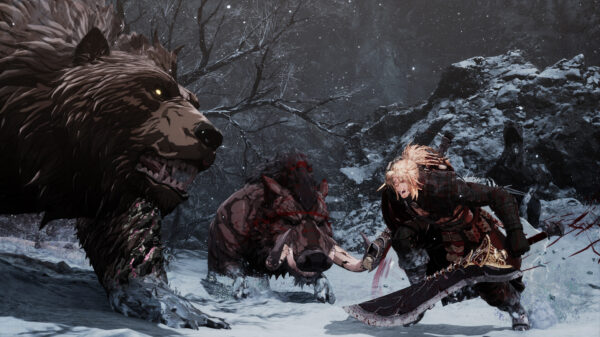
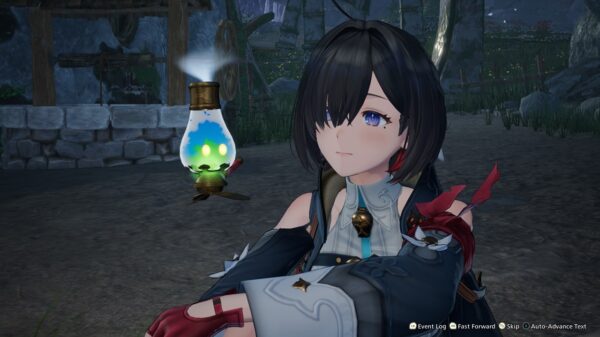


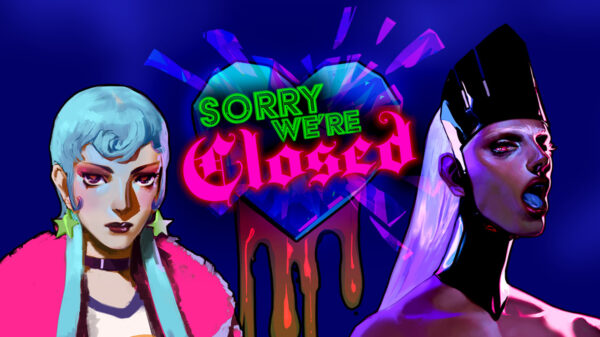




























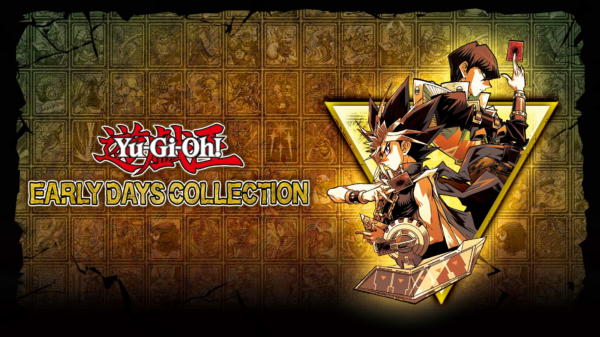



















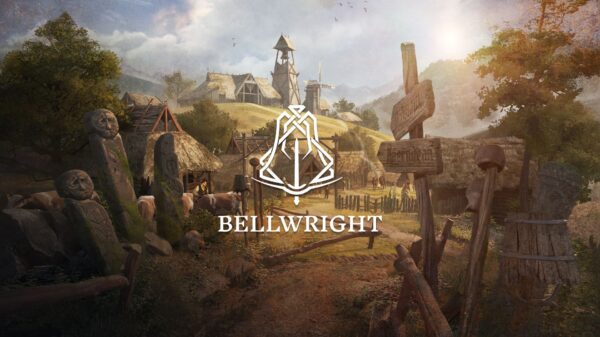
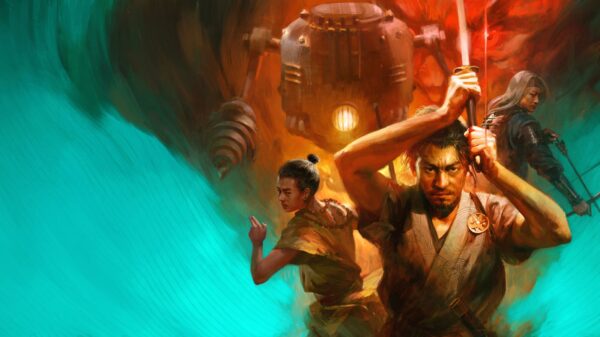
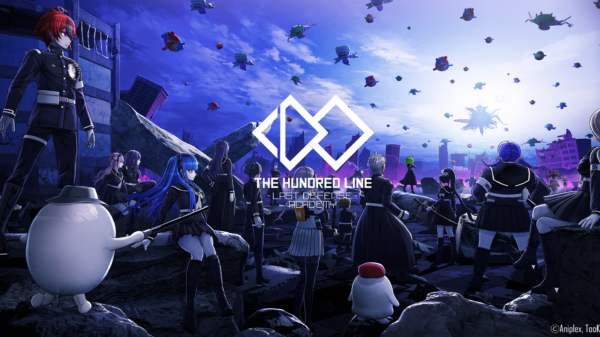


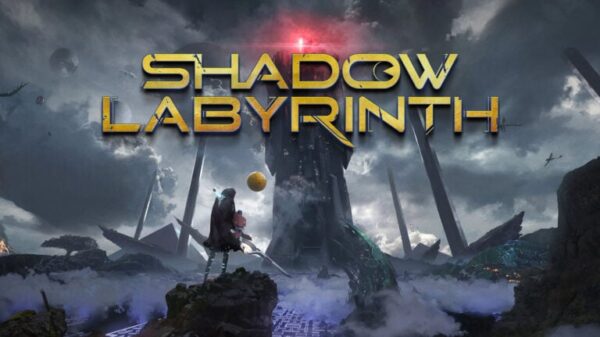
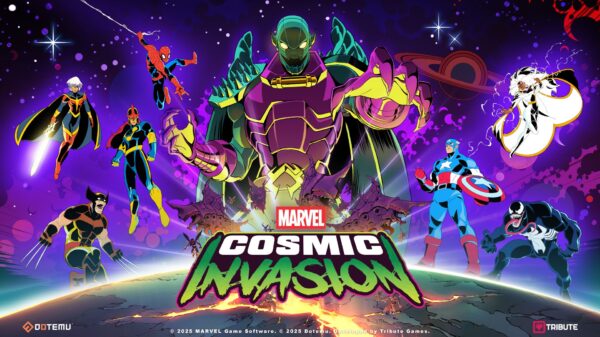
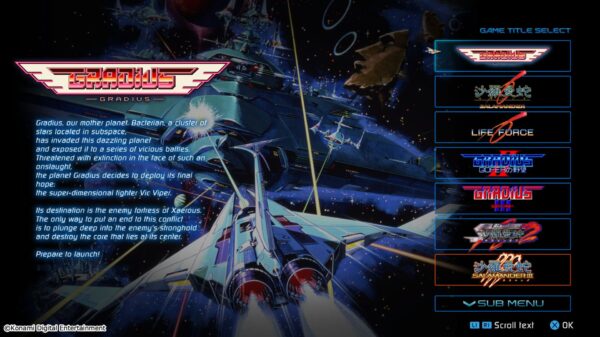
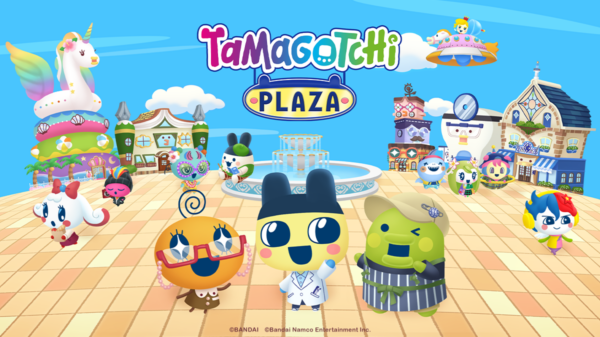




































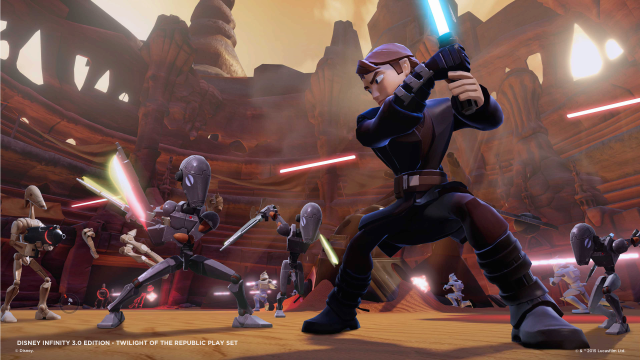
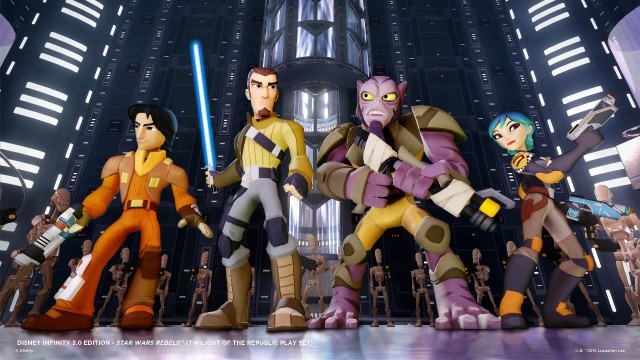
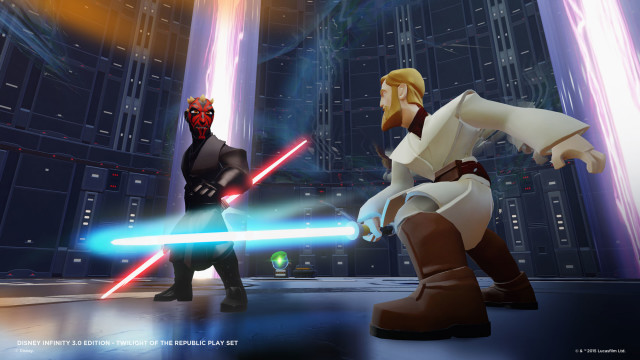
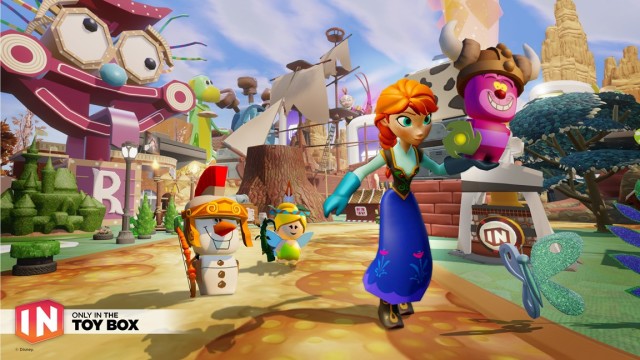
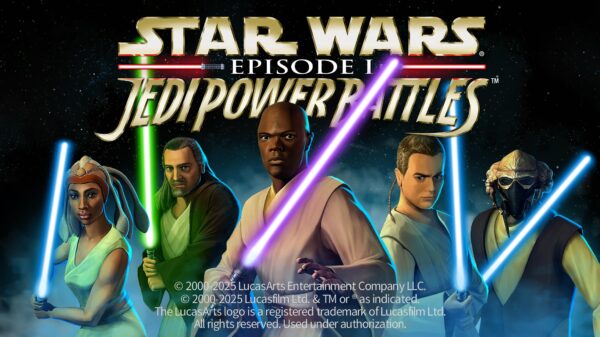

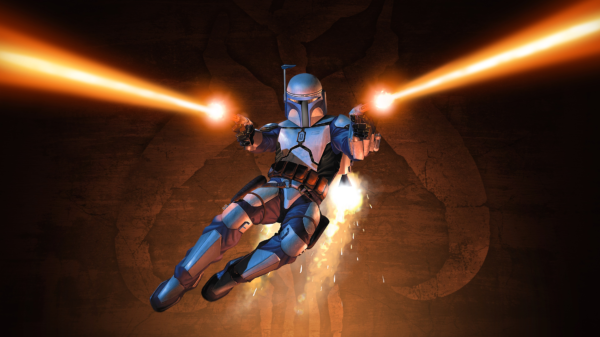
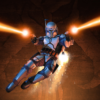
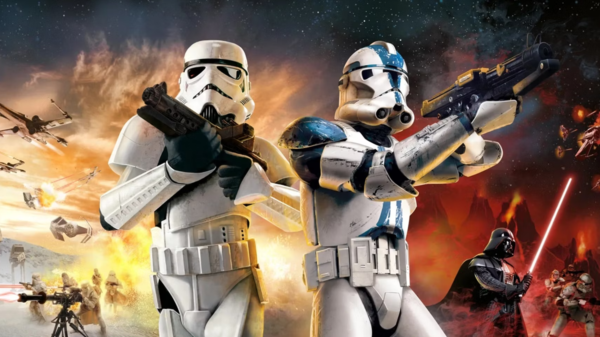
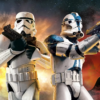

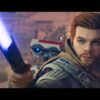
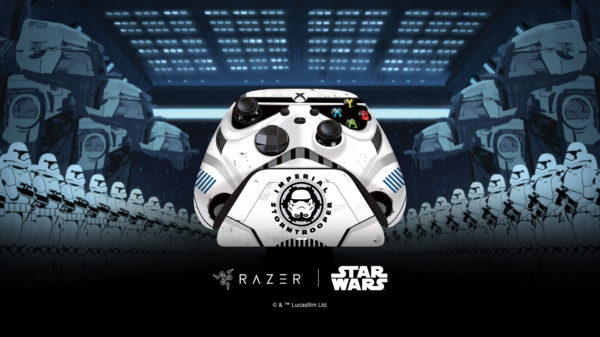
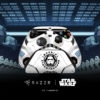
AggroLife
September 10, 2015 at 10:43 am
So true LOL